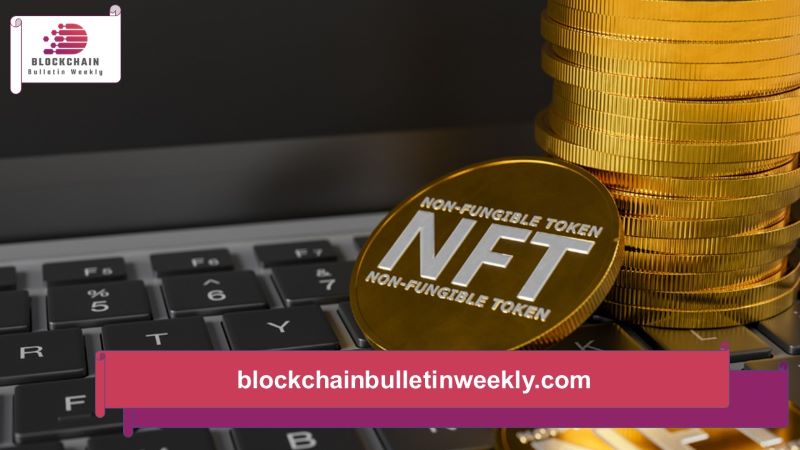“3 Smartest Solutions for Using NFT Value Estimator” explores innovative approaches to effectively leverage NFT Value Estimator. By employing these strategies, users can make informed decisions, minimize risks, and maximize their returns in the NFT marketplace. Whether you’re a seasoned investor or a newcomer, understanding how to utilize these tools can significantly enhance your trading experience.
Using NFT Value Estimator to Assess Market Value
In the NFT market, an NFT value estimator helps accurately assess the worth of digital assets by using algorithms and machine learning to analyze data like transaction history and market trends. This provides an objective view, reducing emotional biases and speculative pricing.
The tool helps investors identify overpriced or undervalued NFTs, enabling more informed investment decisions. It also mitigates risk by spotting signs of inflated prices or declining interest in certain NFTs.
Additionally, the estimator supports investment strategy development. By tracking trends and NFT values, investors can adjust their buying and selling strategies to optimize profits before asset values change drastically.
Analyzing Historical Price Data
Analyzing historical price data is a smart approach for understanding the value of NFTs. By examining past price trends, investors can gain insights into how NFT prices have fluctuated over time, helping to identify patterns like seasonal changes or price surges after major events. This understanding helps predict future price movements and find the best times to buy or sell.
Additionally, comparing the performance of similar NFTs over time allows investors to focus on high-potential assets while avoiding those that are losing value. Historical data also aids in risk assessment, as it reveals how an NFT’s price responds to market conditions. If an NFT has experienced sharp drops in price during corrections, it might signal a higher risk.
Ultimately, by using historical price data, investors can make more informed decisions, build better strategies for buying and selling, and set realistic expectations, reducing reliance on speculation and emotional decisions.
Combining with Other Factors Such as Artist and NFT Characteristics
To use an NFT value estimator effectively, it’s important to consider additional factors like the artist’s reputation and the unique features of the NFT. The artist’s influence can significantly impact the value of their NFTs. Established artists with a strong presence often create NFTs with higher potential for appreciation.
Unique characteristics, such as rarity, aesthetics, and utility, also play a key role in an NFT’s value. Limited edition pieces or NFTs with interactive elements tend to be more valuable. By considering these factors alongside the value estimator, investors can identify assets that might be undervalued by purely data-driven methods.
Market trends and cultural context further refine the valuation process. Understanding shifts in consumer preferences and emerging trends can help predict how the value of certain NFTs might change. Keeping up with these trends allows investors to make better predictions.
By combining the artist’s reputation, unique features, and market trends, investors can create a more informed investment strategy. This approach minimizes the risk of relying solely on numerical data and provides a clearer understanding of the NFT market.
Utilizing NFT value estimator effectively requires a multifaceted approach that includes assessing market value, analyzing historical price data, and considering factors like the artist’s reputation and unique NFT characteristics. By integrating these strategies, investors can make more informed decisions and navigate the complexities of the NFT market with greater confidence.
As highlighted in this discussion, staying informed is essential, and resources like Blockchain Bulletin Weekly can provide valuable insights to enhance your investment journey in the ever-evolving world of NFTs.


